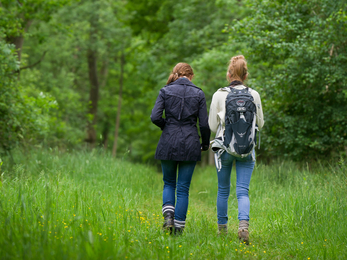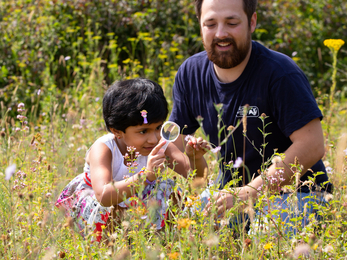Some years ago, I sat round a table with colleagues at a conference workshop on the changes needed to stop the loss of nature and turn this round so that nature could recover. “None of this will work if there is no legal requirement to do it.” Everyone agreed. It was a head-in-hands moment.
It’s not that we haven’t been trying. The Wildlife Trusts look after more than 2,300 nature reserves and have delivered many fantastic projects. But in the wider landscape nature is unravelling. Stopping and reversing the damage to nature will take change across society. Everyone, and every organization, needs to be part of this. But for most this simply has not been a priority.
“None of this will work if there is no legal requirement to do it.”
I have been involved in two 10-year action plans for biodiversity; outside of the environment sector these were dust-gathering shelf-huggers. Despite 20 years of targets to stop nature’s decline, the results came in: Nil Points for England. The 3-yearly State of Nature Reports repeated the bad news, the UK is one of the most nature depleted countries in the world, and 13% of English species are at risk of extinction.
There is now a light at the end of this gloomy tunnel. The Environment Bill will be enacted around the end of this year. 10 years ago, a Government review recommended that there needed to be more space for nature, over bigger areas, better managed and joined up, and that this must have statutory underpinning. It has taken a while, but the Environment Bill provides this support. It requires Local Nature Recovery Strategies to be produced, that cover the whole country. These strategies form the foundation for a Nature Recovery Network.
What does this mean?
The fact that there is legal requirement to produce them and report on their delivery means Local Nature Recovery Strategies won’t be dust gatherers – but it’s essential that neither are they only the responsibility of the environmental sector to deliver.
We are concerned that whilst the Environment Bill requires public bodies to have regard to the Local Nature Recovery Strategy, there is no requirement in the Environment Bill to actually apply and implement the strategies.
In particular, it is not explicit that Local Authorities should use them in their day-to-day decision making, especially in land use planning decisions. We supported an amendment to the Environment Bill that would fix this, but so far it has not been successful.



